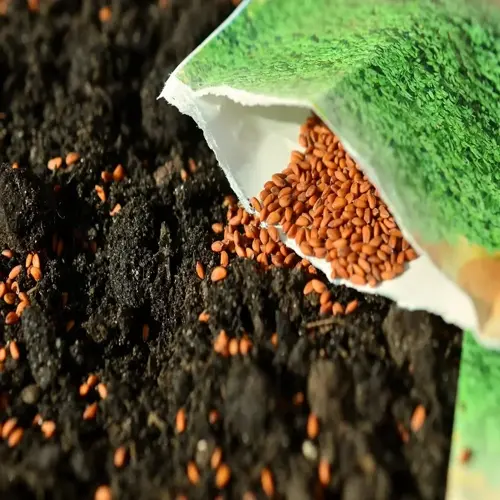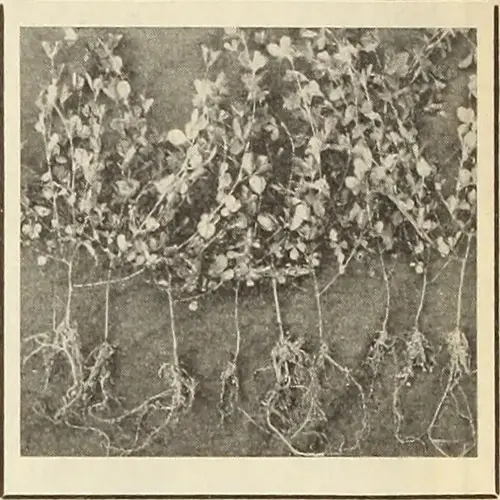What temperature permanently destroys seed viability?

Written by
Julia Anderson
Reviewed by
Prof. Martin Thorne, Ph.D.Understanding temperature thresholds protects seeds from irreversible damage. Heat causes irreversible damage through the disintegration of proteins and cellular destruction. Critical thresholds differ by species but follow identifiable patterns. This document outlines danger zones and mitigation strategies for seed preservation.
Protein Denaturation
- Enzymes unravel above 100°F (38°C) losing biological function
- Cellular repair mechanisms fail at sustained high temperatures
- Critical point varies: tropical seeds tolerate more than temperate varieties
Moisture Amplification
- Heat accelerates moisture release from seed tissues
- Creates internal condensation damaging cellular structures
- Even low humidity becomes dangerous above 90°F (32°C)
There are different risks associated with freezing and thawing cycles. Ice crystals form when water freezes, followed by expansion during the thawing process. This repeated expansion causes cracks to develop in seed coats. Cracked seed coats become permeable to moisture. It is best to always store seeds at a uniformly constant temperature, thereby eliminating the risk of fluctuation.
To mitigate heat damage, store items in a suitable location. Basements maintain cooler temperatures than attic spaces. Insulate around containers. Use a minimum-maximum thermometer to monitor temperatures. Never store items near water heaters or appliances that emit heat.
Recognize heat-damaged seeds before planting. Brittle texture indicates protein damage. Discoloration shows cellular breakdown. Perform germination tests after heat exposure. Discard seeds with germination rates below 50%.
Read the full article: 3 Essential Rules: How to Store Seeds

